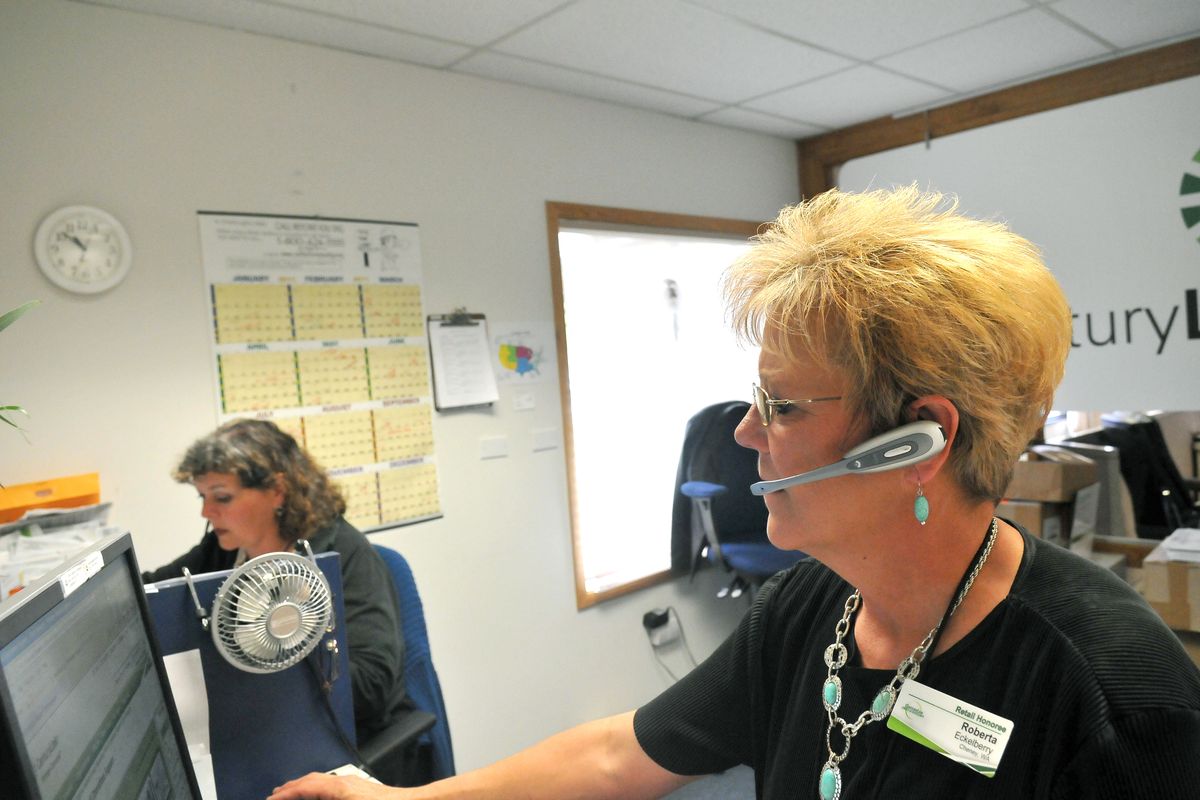It’s cheaper than ever to reach out and touch someone

Long distance. So exotic. So expensive.
Not anymore.
As gas and food prices rise, long-distance phone calls, in the United States and all over the world, get cheaper by the minute.
This has allowed us to easily keep in touch with friends and family throughout the globe. But that doesn’t stop some nostalgia for the old days, when a long-distance call really meant something.
Ma Bell’s long life
In 1885, American Telephone & Telegraph (AT&T) was formed, and for almost 100 years, the “phone company” had a monopoly.
“They could set (long distance) rates because there wasn’t any competition,” explained Gene Retske, a telecommunications expert who worked more than 30 years in the phone industry and is editor of the Prepaid Press, a trade publication.
Long-distance calls subsidized local service, so monthly phone service – unlimited local calls and a leased phone – was reasonable. Long-distance charges drove monthly bills up.
“The telephone company was the great giant in the sky,” remembered Tom Westbrook, 84, of Spokane, a retired research and marketing professional.
“It rivaled the church, the government, and we were all connected through them.”
In 1982, after years of court battles on antitrust charges, AT&T – aka Ma Bell – agreed to divest and the “Baby Bells” were born. But long-distance cost-per-minute charges remained expensive.
In the mid-1980s, for instance, it cost 41 cents a minute to talk between Washington D.C. and Spokane on C&P Telephone, a regional Baby Bell serving the D.C. area.
And that was the discounted evening rate. The day rate was nearly 60 cents a minute, meaning a 10-minute call cost about $6.
“The entire telephone network was 1/10,000 of capacity of what it is today,” Retske explained, in a recent phone interview from his South Carolina home.
To compare the change in capacity between the mid-1980s and 2011, he used this analogy:
“It’s like the difference between (paying) for your own country road leading to your house versus having a superhighway a lot of people use and help pay for. Technology has enabled the cost of delivering long distance to drop tremendously.”
And competition, of course.
In its early advertising, MCI – the first major long-distance alternative – featured a woman crying over her expensive long-distance bill.
Now, many people don’t know what their long distance calls cost each month. Folks with phone service through their cable provider don’t even see itemized calls on their cable bills.
With cell phones, consumers buy plans that include, say, 450 “free” minutes of calls, either local or long distance.
More traditional calling plans can seem dirt cheap, too. The 42-minute landline daytime interview with Retske, for instance, cost about 2 cents a minute under The Spokesman-Review’s long-distance plan. Grand total: 84 cents.
In the era of the Baby Bells 25 years ago, the same daytime-rate call would have cost about $25.
Long-distance nostalgia
The more something costs, the more value it possesses. True for gold. True for long-distance phone calls.
In the early 1940s, when Westbrook was in high school, a long-distance phone call rang in the home for him. He was out. The caller didn’t leave a name or number.
The call was so extraordinary that he says now: “I’m 84, and I still wonder who it was and how my life would have been altered if I had been home to answer it.”
Patty Boyce of Spokane, telephone company retiree and co-president of the Lilac City Pioneers, a volunteer organization made up of retired and active telephone employees, misses the ability to dial “O” and get an operator.
“They would help you with anything,” Boyce said. “It made you feel you were part of the world.”
Westbrook remembers tricking the phone company into a free long-distance call.
If you made an operator-assisted, person-to-person call, and the person wasn’t there, you didn’t get charged. So when reaching a travel destination, you’d make a person-to-person call and ask for someone fictitious.
“And that was the signal you’d arrived safely,” Westbrook said.
The phrases “I’m on long distance” or “I’m expecting a long-distance call” commanded awe and respect.
When the expense kept people from calling long distance, they shared family news in more lasting ways.
Charles Tappa, assistant director of off-campus programs at Whitworth University, was a career Marine Corps officer in the 1990s, stationed in Japan and Norway. International calls were reserved for special occasions.
“We used letters to keep in touch,” he said. “We bought a video camera and took movies so people could see what it was like (in) both Japan and Norway, and so they could see the kids growing up.”
Picture phones
In the movie “2001: A Space Odyssey” a character talks long distance to his daughter on a “picture phone.” The film was released in 1968. The technology seemed fantastical.
Every other week, Tappa and his wife, Barbara, director of choral music at Ferris High School, talk to their 24-year-old son, Henry, a Peace Corps volunteer in Azerbaijan in the former Soviet Union.
They can see him, too, thanks to Skype, a video software application used over the Internet.
The picture isn’t science-fiction clear, but the Tappas talk to their son for an hour or more and their only “charge” is what they already pay for a cable bundle that includes the Internet.
Barbara Tappa loves talking with her son long-long distance, not because of the cool technology, but because of this: “As a mom, it lets me see him, so I really know he’s OK.”